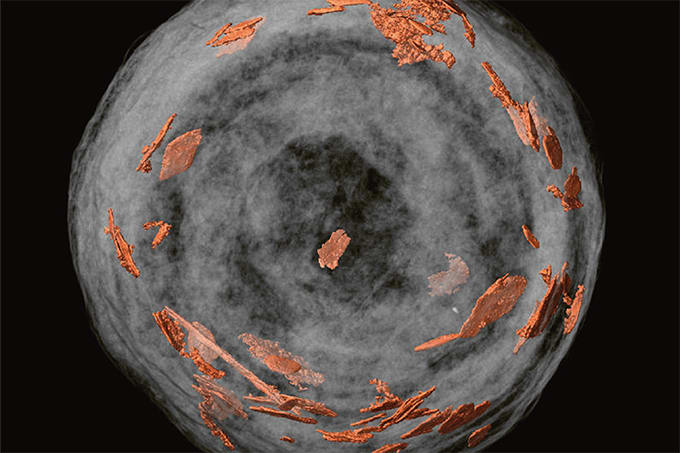A team of researchers has developed a new protocol for anion-exchange chromatography–mass spectrometry (AEC-MS) that expands the analytical toolkit available for large-scale metabolomics – particularly for highly polar and ionic metabolites that are often difficult to analyze using standard approaches.

Described in Nature Protocols, the method couples high-performance anion-exchange chromatography (AEC) with mass spectrometry using electrolytic anion suppression to remove nonvolatile salts – overcoming a long-standing barrier to coupling ion-exchange systems with electrospray ionization. The approach allows for the robust separation and quantification of key metabolic intermediates involved in central pathways such as glycolysis, the TCA cycle, and nucleotide biosynthesis.
“Ion-exchange chromatography offers a retention and elution mechanism which is new to metabolomics and is proving to be a powerful solution for long-standing analytical challenges in the field,” said lead author Rachel Williams, a DPhil student in the McCullagh Group at The University of Oxford, UK, in a press release.

The protocol includes detailed guidance on sample preparation, instrument calibration, data acquisition, and quality control for application across a wide range of biological matrices, including tissues, biofluids, and cultured cells. The authors emphasize its scalability and reproducibility, which have already been demonstrated in several published studies.
The team validated the approach across multiple applications. One such, in collaboration with the Kennedy Institute of Rheumatology, revealed how microbiome-derived butyrate influences immune responses via systemic circulation. Another study employed the method to investigate metabolic dysfunction in diabetic β-cells, linking impaired enzyme activity to changes in gene expression and insulin secretion.

Professor James McCullagh, who led the project, highlighted the method’s broad utility: “Developing a new metabolomics protocol is very exciting, it expands capability for existing applications but also enables us to explore and develop new applications: in our lab we are now applying the protocol in several research areas including investigating gut microbiome metabolism, how antimicrobial resistance impacts bacterial metabolism and in the discovery of biomarkers for the early detection of cancer.”




